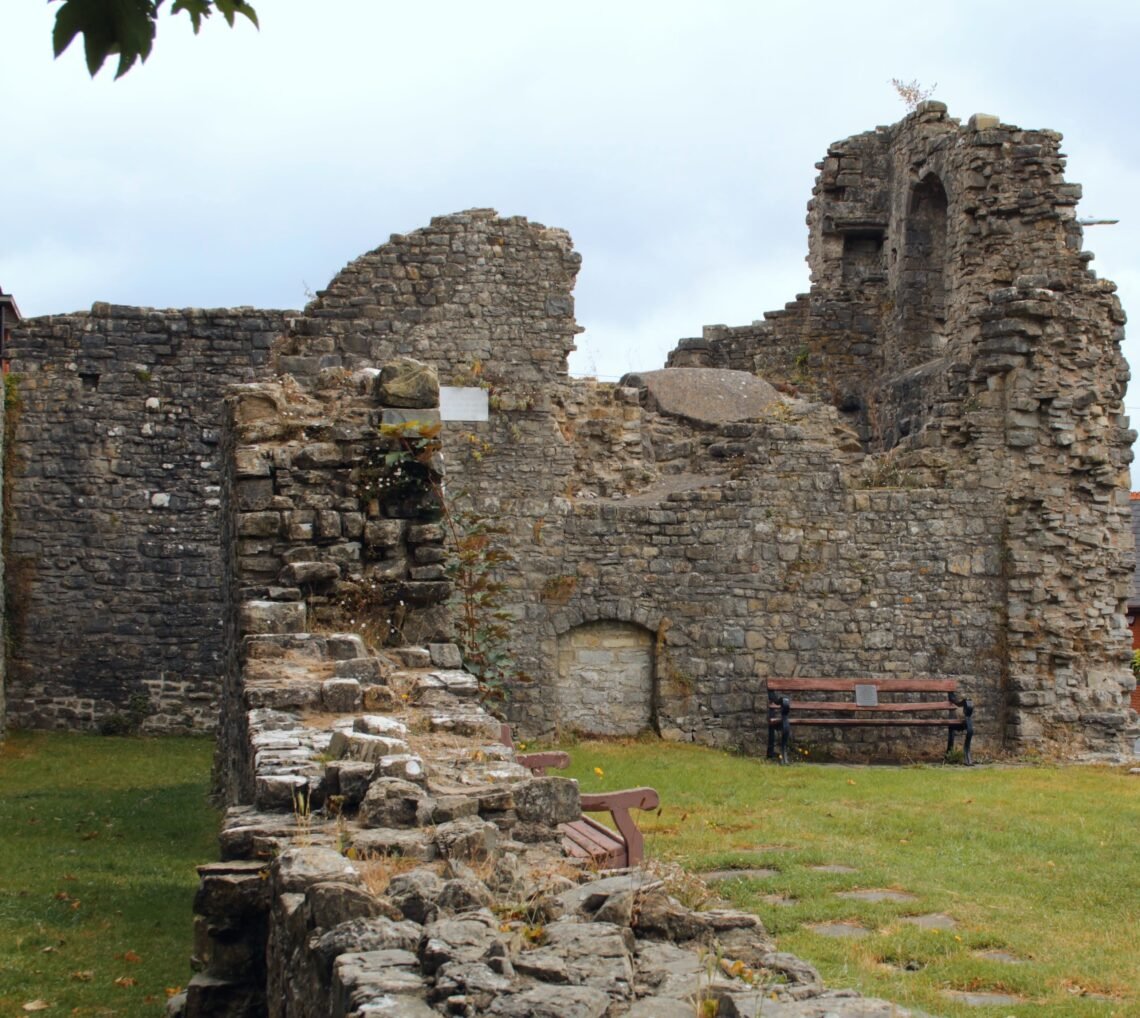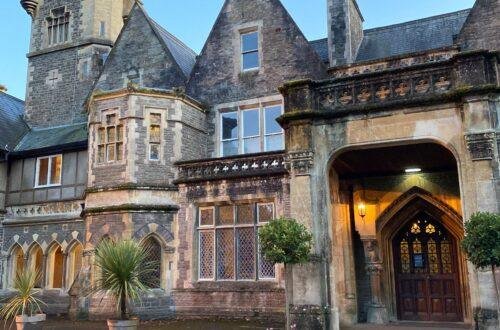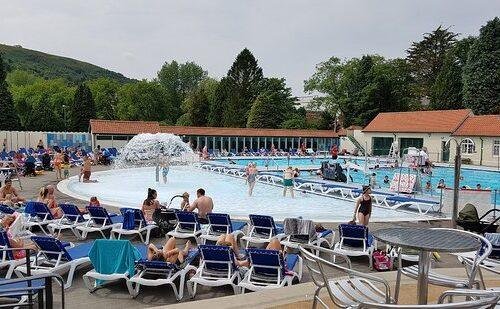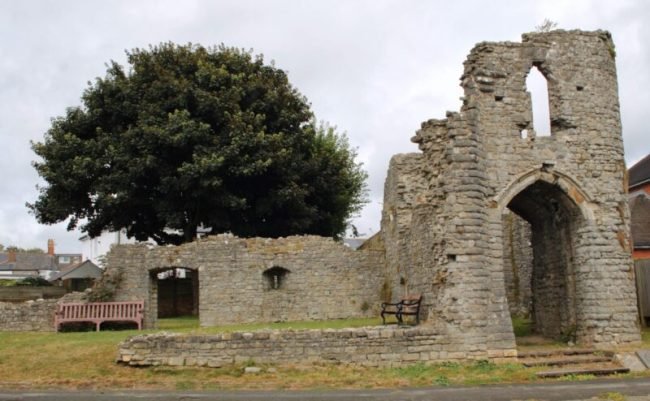
Discover Barry Castle: A Medieval Hidden Gem in the Vale of Glamorgan
Barry Castle: A Hidden Medieval Treasure in the Vale of Glamorgan
Tucked away in a quiet residential corner of Barry town, Barry Castle is a forgotten fragment of Wales’ Norman history. While the town is more famous today for beach holidays, fairground rides, and Gavin and Stacey, this unassuming ruin whispers of a very different past — one of conquest, power, and feudal lordship.
Though little survives above ground, the crumbling stonework at Castle Green once formed part of a small but significant medieval stronghold. The site may lack the grandeur of Caerphilly or Cardiff Castles, but its story is no less rich — and it’s right on your doorstep.
🏰 A Norman Legacy
Barry Castle was established during the Norman conquest of South Wales, most likely in the late 11th or early 12th century. Like many Norman outposts, it began life as a motte-and-bailey — an earth mound topped with a wooden fort, surrounded by a palisade and ditch. This design was quick to erect and effective for securing territory after the Norman invasion.
The Normans brought a wave of castle-building to the Vale of Glamorgan. These castles weren’t just military bases — they were symbols of dominance, seats of local government, and secure homes for the nobility.
As control over the region stabilised, timber defences at Barry were replaced with more permanent stone structures, including a rectangular hall block and surrounding curtain wall. These enhancements reflected the increased wealth and confidence of the Norman elite.
🧬 The de Barry Family and Their Power
The castle gave its name to the de Barry family, Anglo-Norman lords who held the manor of Barry under the great Lords of Glamorgan. Their family played a role in administering the local area, collecting rents, managing farmland, and upholding Norman law.
Their manor house at Barry would have been the heart of a bustling estate, surrounded by farmland, tenant cottages, and perhaps even a small chapel. The castle stood as a reminder of who was in charge — and where loyalty and rent were due.
🧱 What Remains Today
The ruins visible today are just fragments of what was once a lived-in, functional castle. Most prominently, you can see the lower walls of a stone hall block, likely dating from the 13th or early 14th century. The structure would have included:
- A great hall on the ground floor for meals, court sessions, and gatherings
- A solar or private upper room for the family
- Service areas such as storage, kitchens, and servant quarters
Scattered foundation stones and traces of a curtain wall also remain. Some historians believe that a small tower may once have stood nearby, offering a view over the surrounding fields and coast.
📍 A Castle Hidden in Plain Sight
Finding Barry Castle requires a bit of local knowledge. It’s tucked between modern housing near Castleland Street and Romilly Road, in a green patch of open space. You won’t find souvenir shops or information boards here — just an atmospheric ruin resting beneath the sky.
The site is a Scheduled Ancient Monument, protected by law due to its historical importance.

Here’s the What3Words location to guide you straight there:
///manual.palm.result (https://what3words.com/manual.palm.result)
OR used the QR code above
🌿 A Sense of Continuity
It’s hard to imagine now, but this small site was once the heart of a medieval estate. As you walk among the stones and feel the earth beneath your feet, you’re standing on nearly a thousand years of history.
Barry Castle reminds us that every place — even the most ordinary-looking corner — has stories waiting to be uncovered.
🧭 Plan Your Visit
Barry Castle is open to the public and free to explore at any time of year. There are no official facilities, so be prepared for a brief visit — but bring your imagination. It’s the perfect stop on a heritage walk or local history trail through Barry.

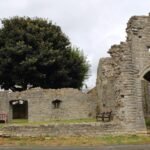



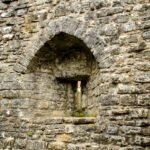



I hope you enjoyed this article, if you have a tory or memories from South Wales you would like to share
